Full Guide To Orange Calcite vs. Citrine (This is the Difference)

In order to work with our crystals effectively, we need to understand their properties. With crystals that look similar or have similar uses, such as orange calcite and citrine it can be difficult to determine which one to work with. The answer should always be; the one that you are drawn to the most. However, if you are looking to find the difference in physical appearance as well as metaphysical properties, you’ll find your answer here.
Orange calcite has a more intense, bright orange color compared to the golden-colored citrine. Calcite is also much softer than citrine. Citrine is mostly used for wealth and prosperity, while orange calcite is worked with for passion and creativity.
Note that orange calcite is not the same as honey calcite. The latter is much more golden, while the former has a much brighter orange color. If you’d like to read about the difference between honey calcite and citrine, read this post!
Continue reading if you want to know more about the (physical) qualities of these stones, as well as how you can use them in your spiritual practice.
Want more help or information? If you have any more questions after reading this blog post or want a personal answer for your specific situation, join the free Facebook group! We promise you’ll get an answer from either our team members or a community member.
Orange Calcite vs. Citrine – How To Tell The Difference?
In order to understand the difference between these two stones, we can look at the color, shape, pattern, clarity, and more. Below we’ll describe all these aspects in detail.
Color
When comparing the colors of these two stones, it is important to keep in mind that citrine can either be natural or heat-treated amethyst / smoky quartz. Both are considered citrine, although their color intensity will vary.
Natural citrine has a pale yellow shade, while heat-treated citrine will vary in shades of color depending on the amount of heat it was produced under. Generally, it will have an intense golden color.
On the other hand, orange calcite has a bright orange color.
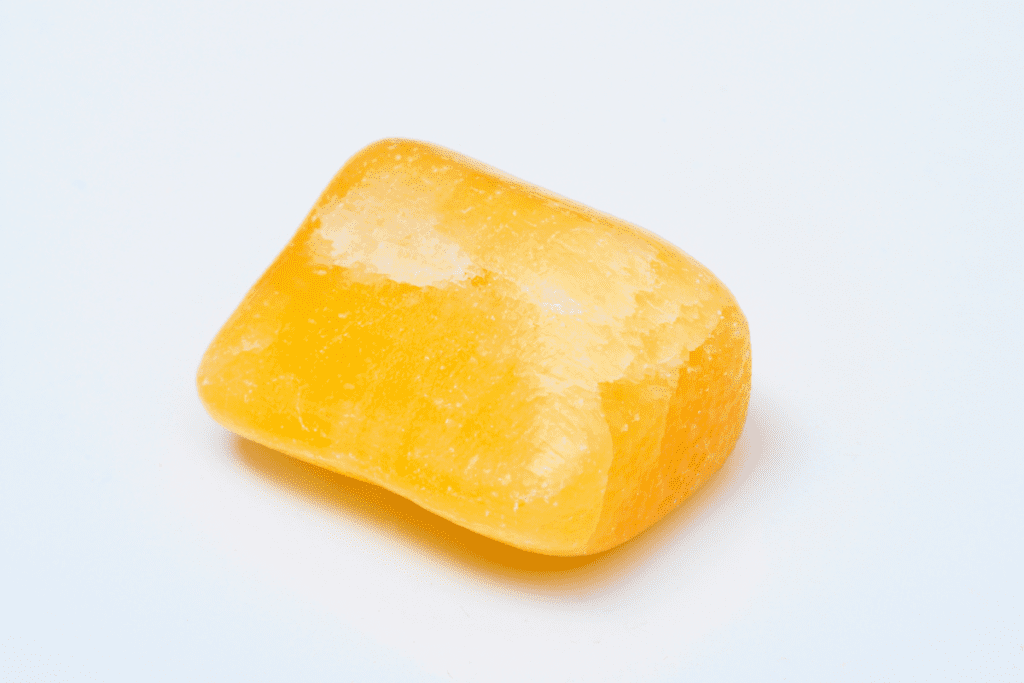


So, the difference between natural citrine and orange calcite will be much easier to determine; the former is pale, and the latter has a much more intense color.
There can be hardly any color difference between heat-treated citrine and orange calcite, making it much more difficult to spot the difference. However, as you can see in the picture above, heat-treated citrine often has an intensely white colored base. Natural citrine does not have this, and neither does orange calcite. If you’re still not quite sure, it is best to do a scratch-test, which you’ll find explained below.
If you want to know more about natural vs. heat-treated citrine, you’ll find all the information in this post.
Hardness
The difference between calcite and citrine is easily determined if you’re willing to scratch your stone slightly.
Orange calcite is a much softer stone, rating 3 on the Mohs Scale, while citrine is quartz, scoring 7 on the hardness scale.
For those unfamiliar, the Mohs scale of hardness determines a stone’s hardness by measuring how scratch-resistant it is. According to this scale, a stone can scratch any other mineral with a lower score. For reference, talc is a 1, whereas diamond is a 10.
There is no difference in hardness between natural and human-made citrine. The latter is made by heating amethyst (or smoky quartz), which is also quartz.
To check if you have calcite or quartz, use a copper penny, glass, or a steel nail, rating 3.5, 5.5, and 6.5, respectively. Any of these should be able to scratch calcite, but not quartz.
Also Read: Lemon Quartz vs. Citrine: This Is The Difference
Clarity
Calcite in general, can be transparent to opaque, but orange calcite is often more translucent to opaque. The edges of the stone allow more light through than the center. The shine can be glass-like, although it is not uncommon for raw calcite to have a waxy, slippery feel and shine.
Natural Citrine has a cloudy appearance and can be semitransparent or transparent in clarity. Heat-treated citrine is often more opaque and can have an opaque, white base. Both have a glass-like shine.

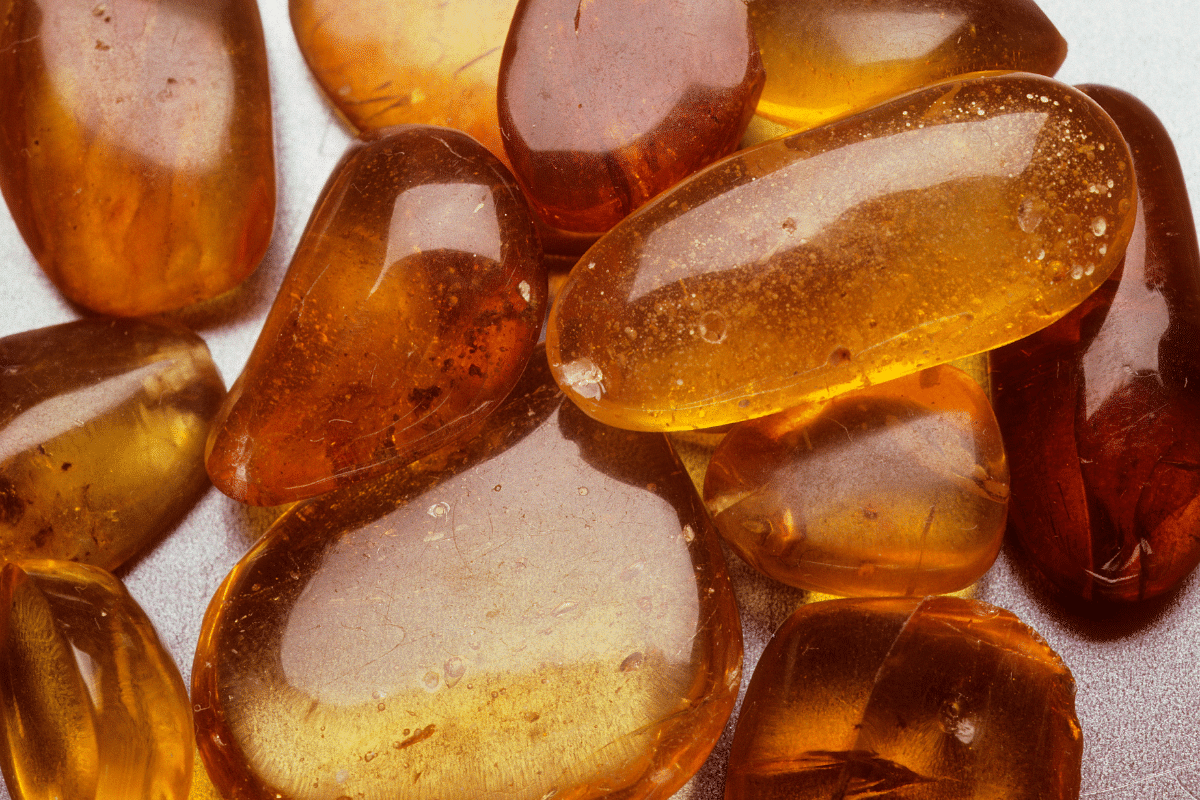
Chemical Composition
Orange calcite is a calcium carbonate mineral that forms as a result of calcium-rich rain. Over time, the water that has hit the ground will evaporate, while the calcium is left behind. This then forms into calcite.
In addition to calcium, calcite often has metal inclusions. These cause the stone to have different colors. For orange calcite, this is due to the inclusion of hematite. The more hematite inclusions, the more intense the color.
Also Read: Full Guide To Golden Healer Quartz vs. Citrine (This Is The Difference)
Citrine is a member of the quartz group of minerals. Its chemical formula is silicon dioxide.
Natural citrine rarely occurs; hence, most citrine is artificially produced.
Keep in mind that both natural and human-made citrine is created by heating amethyst or smoky quartz. The only difference is that natural citrine is heated by the earth’s crust, while human-made citrine requires an oven.
Location
Orange calcite is a common mineral found in Mexico, the USA, Canada, and other parts of the world. Although quartz is one of the most abundant minerals on earth, it is quite rare to find naturally occurring citrine. Some locations where natural citrine has been discovered include Madagascar, Russia, and Kazakhstan. The leading producers of heat-treated citrine are Uruguay and Brazil.
Care
Because of these stones’ different hardness ratings, they require different care.
For calcite, we need to be extra careful when handling them. The stones can be cleaned by using a moist microfiber cloth, but make sure to dry them afterward. Because of their soft nature, the stones cannot be cleaned by running them under water or leaving them to soak. This will either dissolve or break them. Acid treatments are also not recommended.
Quartz, and thus citrine, is hard enough to withstand water. So, if you’d like, feel free to expose these stones to water. Keep in mind that any stone that is regularly rinsed for extended periods or soaked will eventually turn dull over time. A quick rinse, however, should be just fine for citrine.
Apart from physically cleaning the stones, you might want to clear them from negative energies. This is highly recommended if you use them for their metaphysical properties.
The reason for this is that these stones absorb low vibrations. Every month or so, you want to remove these energies from the stone so you can continue to use it. After cleansing, it is recommended you also recharge the stones to make sure they are full of positive energy to share with you.
Citrine andorange calcite can be cleansed and recharged by moonlight or using cleansing crystals like selenite and clear quartz. We do not recommend leaving them in the sun, as they are likely to fade when exposed to direct sunlight for longer periods. It is also best to keep calcite stones away from salt.
Also read: Can Citrine Be In The Sun? (Full Guide)
(Meta)physical Healing Properties
Beware that crystals are never a replacement for professional medical help. If you have any issues, see a doctor first and follow their advice.
Orange calcite is a perfect stone for joy and happiness. The stone is directly connected to the sacral chakra for a boost of self–confidence. The stone will balance out your emotions and eliminate all fears and unhelpful habits. Having the stone near you will bring inspiration, eliminate energy blockages and increase motivation. This stone is also used to enhance creativity, imagination, and problem-solving.
Citrine is also associated with various spiritual abilities, including bringing wealth, joy, and abundance. The yellow hue of the stone is symbolic of happiness. The stone can restore balance and realign energies in the body.
Physically, orange calcite is used in boosting libido, restoring pleasure, and sex drive. It also helps to bring balance in all aspects of our lives. Furthermore, it is used to treat diseases related to the reproductive system, liver, and kidneys. It can also be useful in detoxifying the body.
For the physical body, citrine is used to treat kidney, thyroid, digestive system, and urinary tract issues.
Chakra Association
Orange calcite and citrine are associated with the sacral and solar plexus chakra. The stones activate, balance, and unlock energies within these chakras.
The sacral chakra is located below the belly button and is associated with sexuality, reproduction, and creativity. The color representation of this chakra is orange.
An imbalanced sacral chakra can manifest as kidney and sexual organ problems. It can also cause a lack of intimacy and enthusiasm in love relationships Using orange calcite for this chakra will restore health, unity, and pleasure.
The solar plexus chakra is located three inches above the navel area. This chakra is associated with esteem and personal power and is represented by yellow.
Imbalances in the solar plexus chakra can manifest as a lack of self-esteem and an inability to speak up. Citrine restores self-esteem and confidence.
Also read: What Chakra Is Citrine? (Full Guide)
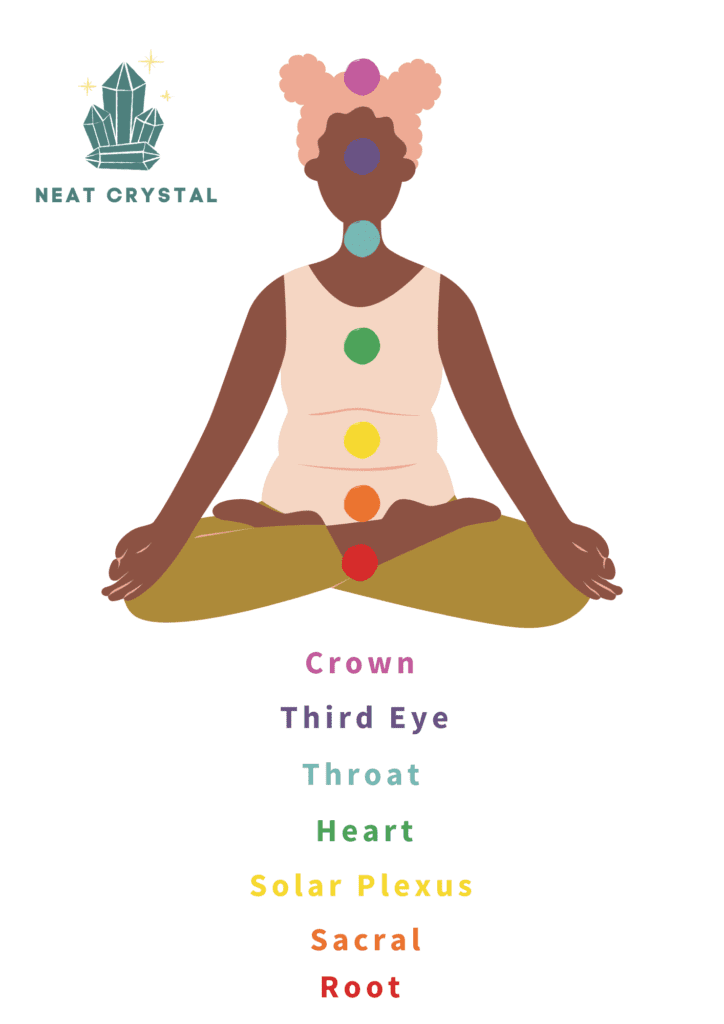
Element Association
Orange calcite and citrine are connected to the fire element. This element is associated with change, growth, destruction, and rebuilding. It’s the element associated with cleansing, purification, and power.
Fire signs (Leo, Aries, Sagittarius) are ambitious, leaders, and passionate in what they do. As a result, you can work with orange calcite and calcite to connect with your masculine energy that initiates transformation and action.
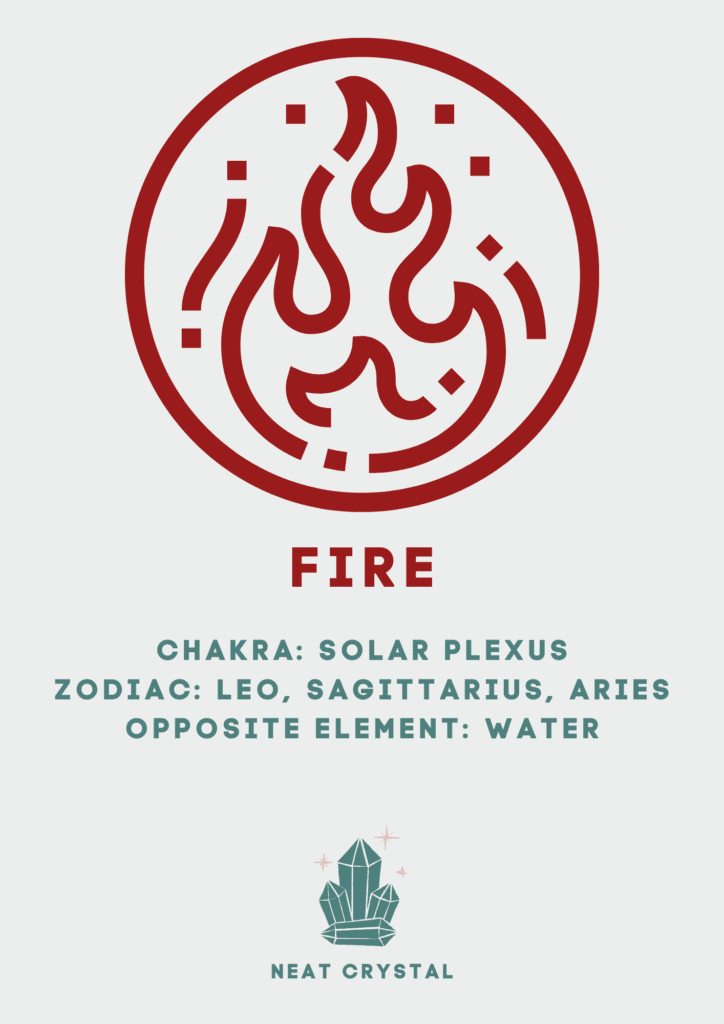
Zodiac Association
Orange calcite is not a birthstone for any zodiac sign. It is, however, connected to the sun, Leo’s ruler. It is also particularly helpful for the Cancer sign. The stone helps the sign discover their confidence and quiet their temperament.
Citrine is the traditional and modern birthstone for people born in November, and thus Scorpios and Saggitarius born in that month, and is also connected to Leo through the sun.
The citrine stone helps these signs feel safe and secure in their achievement and the areas in their lives that require improvements.
However, feel free to work with citrine, orange calcite, or any other crystal, even if you do not fall under the associated signs.


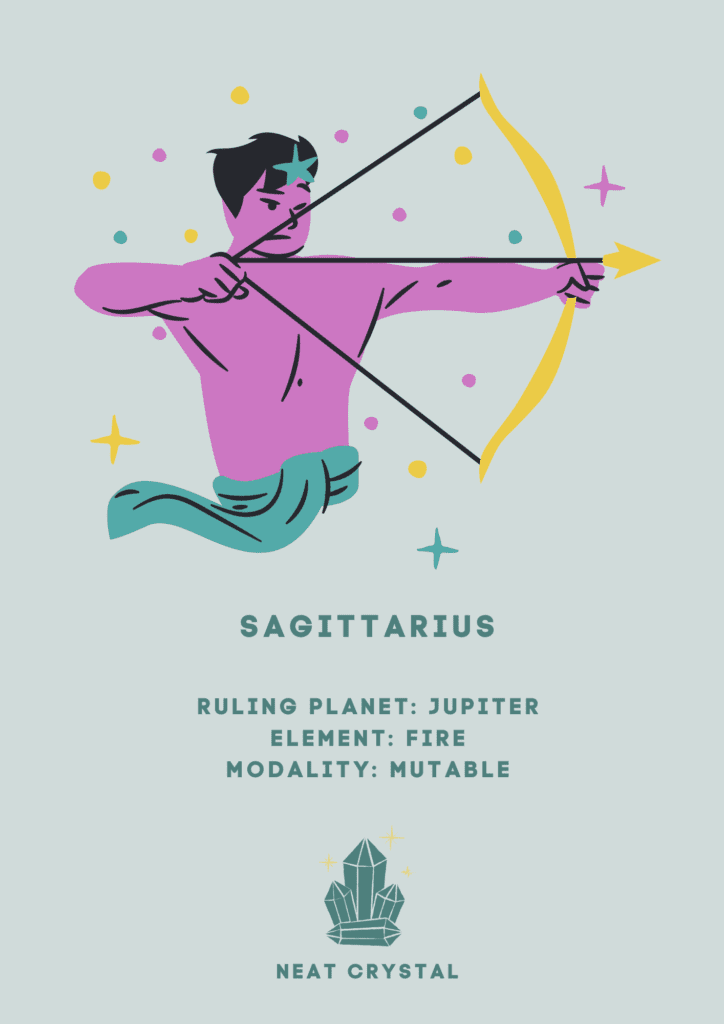
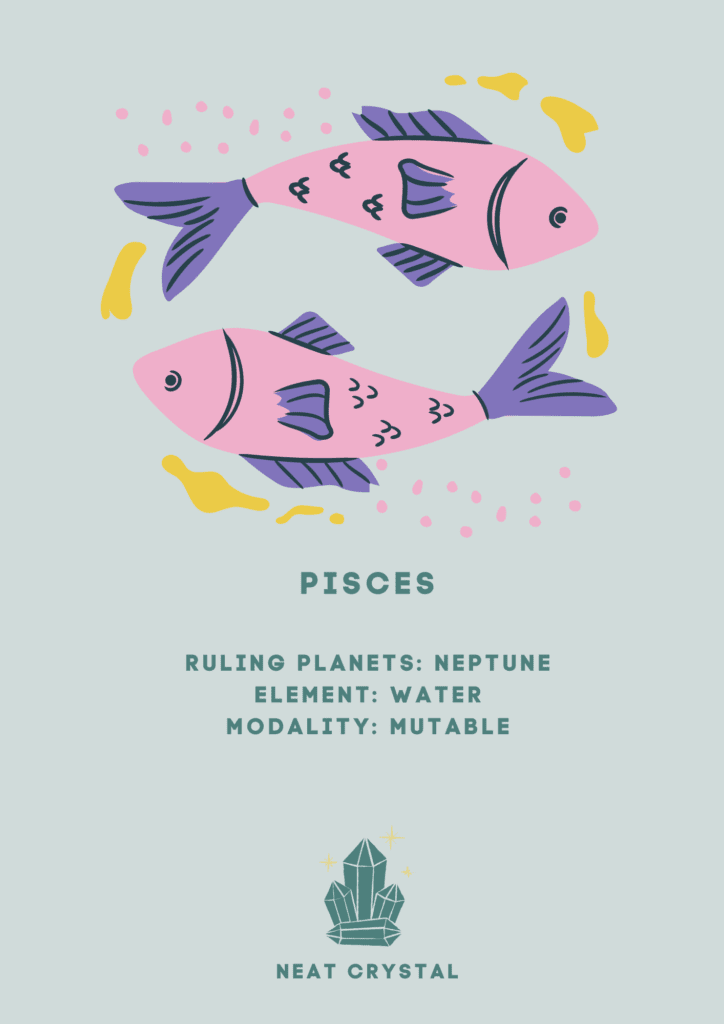
Also read: The Complete Guide To Citrine And The Zodiac Signs
Ruling Planets
Both stones are under the rulership of the Sun, but citrine has Jupiter as a co-ruler.
The sun as a ruling planet represents life and identity. It governs our authenticity, self-expression, and vitality.
The sun is perceived as the provider of energy and life. It has a central role in our lives, just like its position in the solar system. As a result, the sun represents our ego and conscious mind. It is the core of our persona and the reasoning behind how we react to what life offers. The sun affects decisions and how we approach life in general.
Jupiter, on the other hand, represents growth, expansion, and prosperity. It also governs religion, law, travel, and prosperity. The planet’s influence is particularly strong on the zodiac signs of Pisces and Sagittarius.
Numeric Vibration
Orange calcite vibrates at 5. The number is associated with our senses. It also represents Mercury in astrology, the planet of communication. People resonating with the number are cheerful, charismatic, quick thinkers, and decision-makers. As a psychic number, it brings a lot of luck. Under the influence of this number, you are a good communicator, curious and imaginative.
Citrine vibrates at 6. The number represents perfection. In a spiritual context, 6 is also used to signify completion, alluding to the completion of the world’s creation in six days. This number represents Venus in astrology, the planet of love, luxury and beauty. The personality traits of those connected to this number include dependability, trustfulness, and charm. The number also has an aura of wealth and prosperity.
Also read: Calcite vs Aragonite: This is the Difference
Uses
There are many different ways to use these stones. Below we’ll outline a few options for you.
Jewelry
Wearing gemstone jewelry is the most effective way to receive its healing properties. Orange calcite and citrine are made into beautiful jewelry and ornaments. When worn, they boost imagination, creativity, and optimism. They also work as energy cleansers, eliminating bad energies in your environment.
Calcite is a relatively soft stone, though, so beware that jewelry pieces with this stone are prone to chipping.
To make the most out of working with these stones, it is recommended to place them on the skin as close to the associated chakra, such a necklace or bracelet when working with the lower chakras, as this will make them the most effective
Home/work
Both stones can be used to attract prosperity and abundance, hence they are good to have at home or in your office. This will bring motivation, courage, and new ideas. Citrine is often regarded as the ‘merchant’s stone’, as it is used to attract commercial success and wealth.
Also read: The Complete Guide To Wearing Citrine
Meditation
If you’re wanting to use these crystals to meditate, following a guided meditation might be beneficial, especially if this is your first time. Below you’ll find a guided meditation that might be helpful, aimed at the sacral chakra. This chakra is helped by working with both citrine and orange calcite and represents creativity, passion, and sexuality.
Best Combinations
To get the most out of our work with crystals, it can be incredibly beneficial to pair and combine crystals with similar properties. This way, they can strengthen and enhance each other. Below you’ll find some interesting options. Keep in mind that the best crystal combinations are those that align with your intended purpose.
Orange calcite can be paired with citrine, carnelian or black tourmaline for grounding and anchoring energies. Carnelian and orange calcite also work well for the sacral chakra. This pair will bring positivity and boost your self-esteem.
Carnelian and citrine increase enthusiasm, concentration, and physical energies.
For the solar plexus chakra, pair citrine and orange calcite to clear energy blockages and enhance immunity. Rhodochrosite can be added to the pair for the root chakra.
Aventurine and citrine will create mental stability and balance and a deeper connection by grounding your energies. These two are also both regarded as money crystals, so work with them when you are looking to attract financial success.

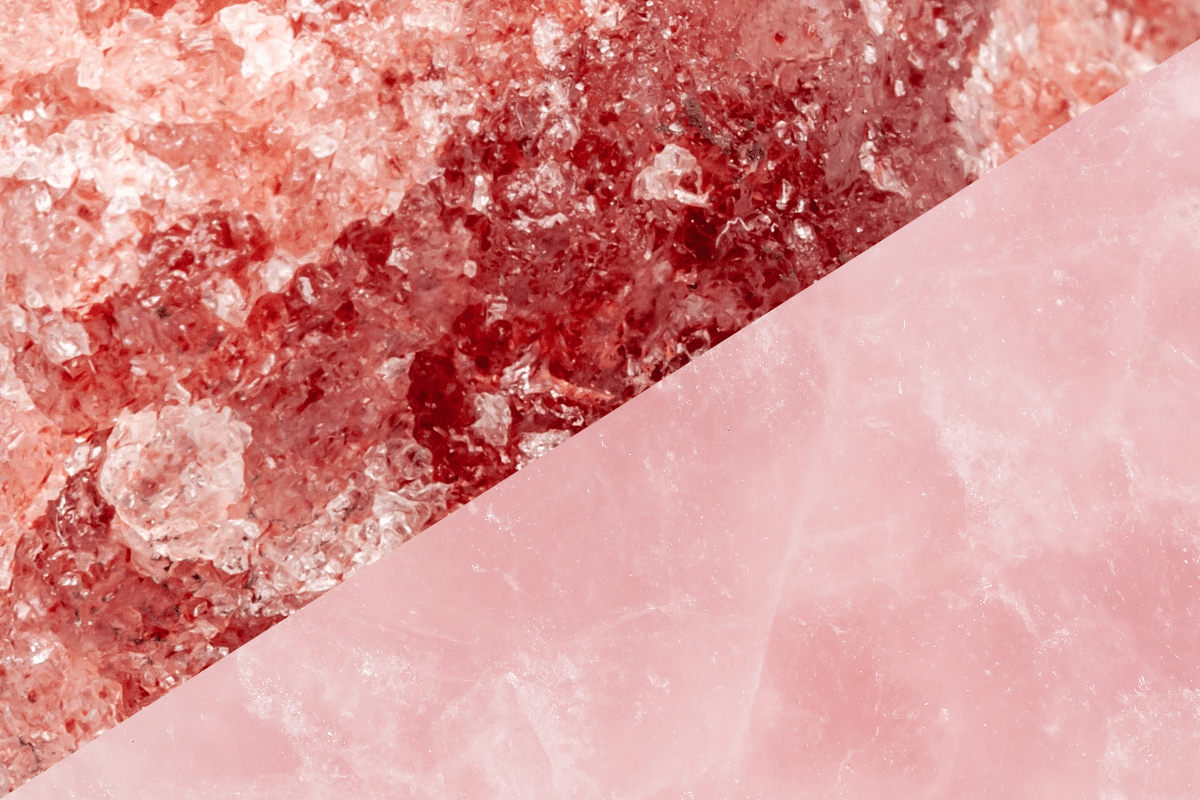
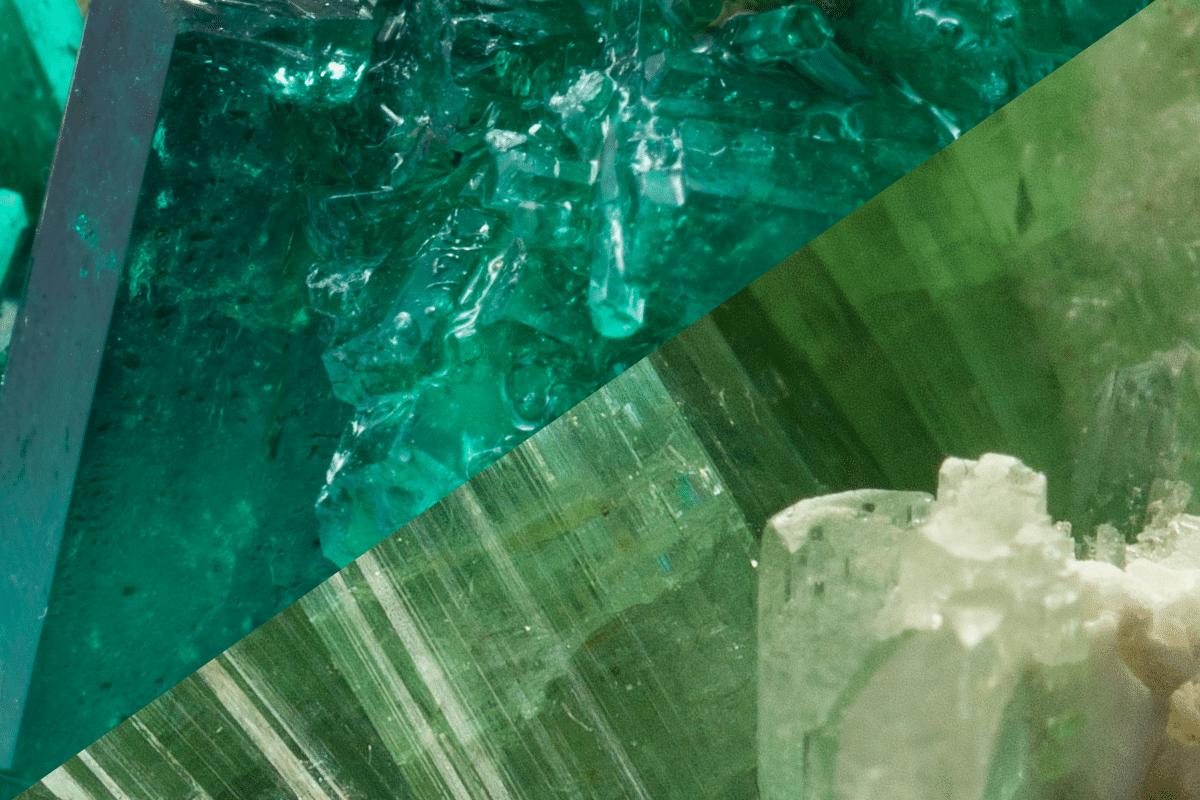
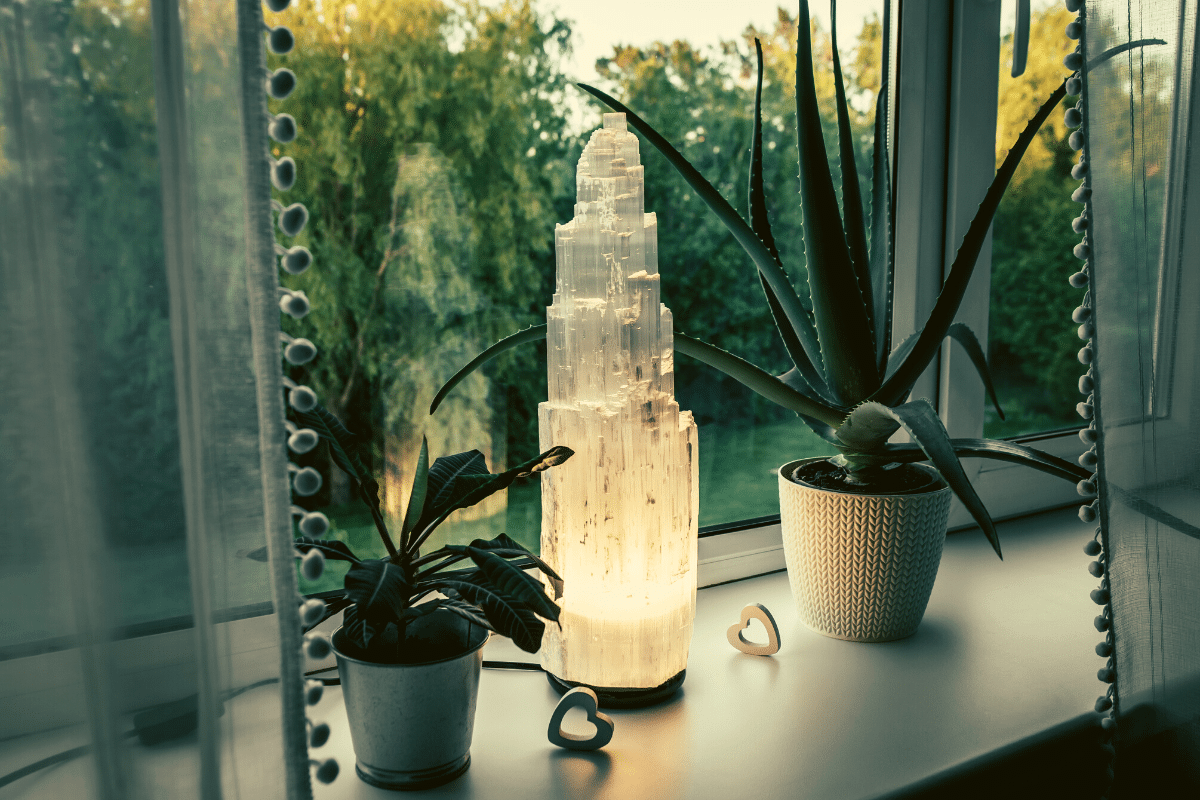
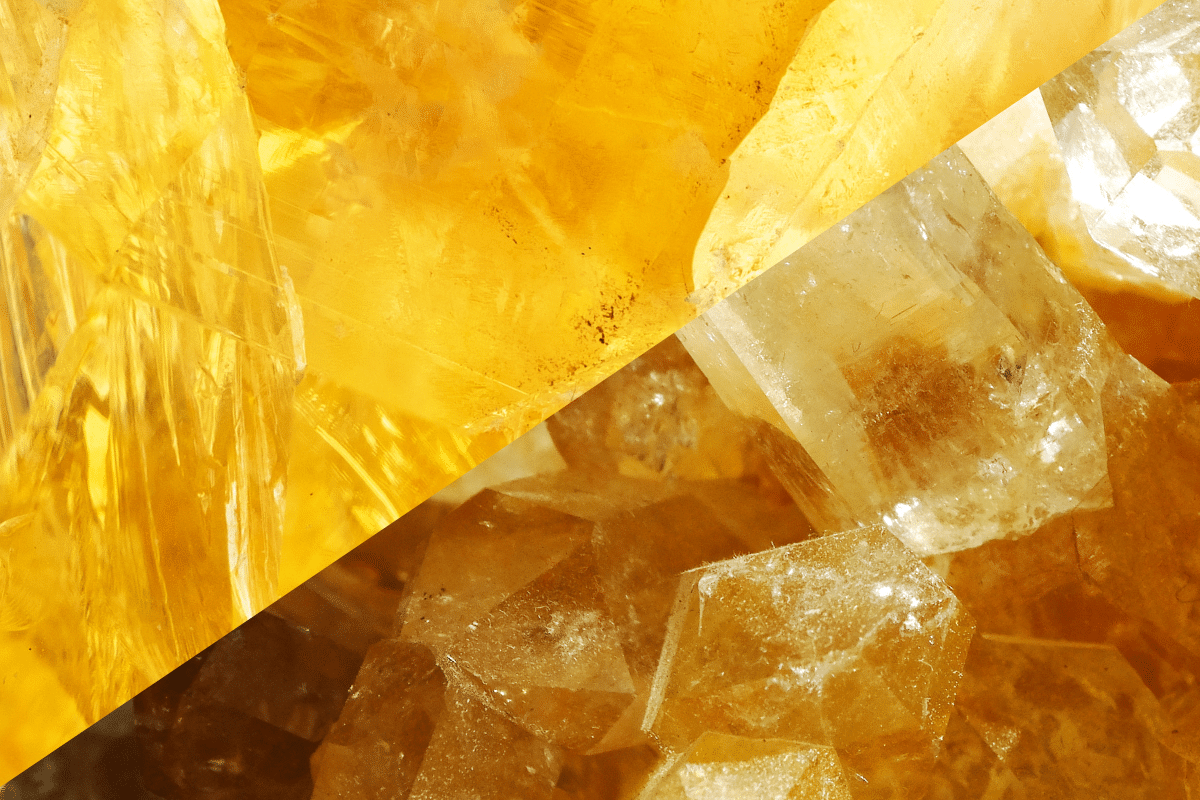

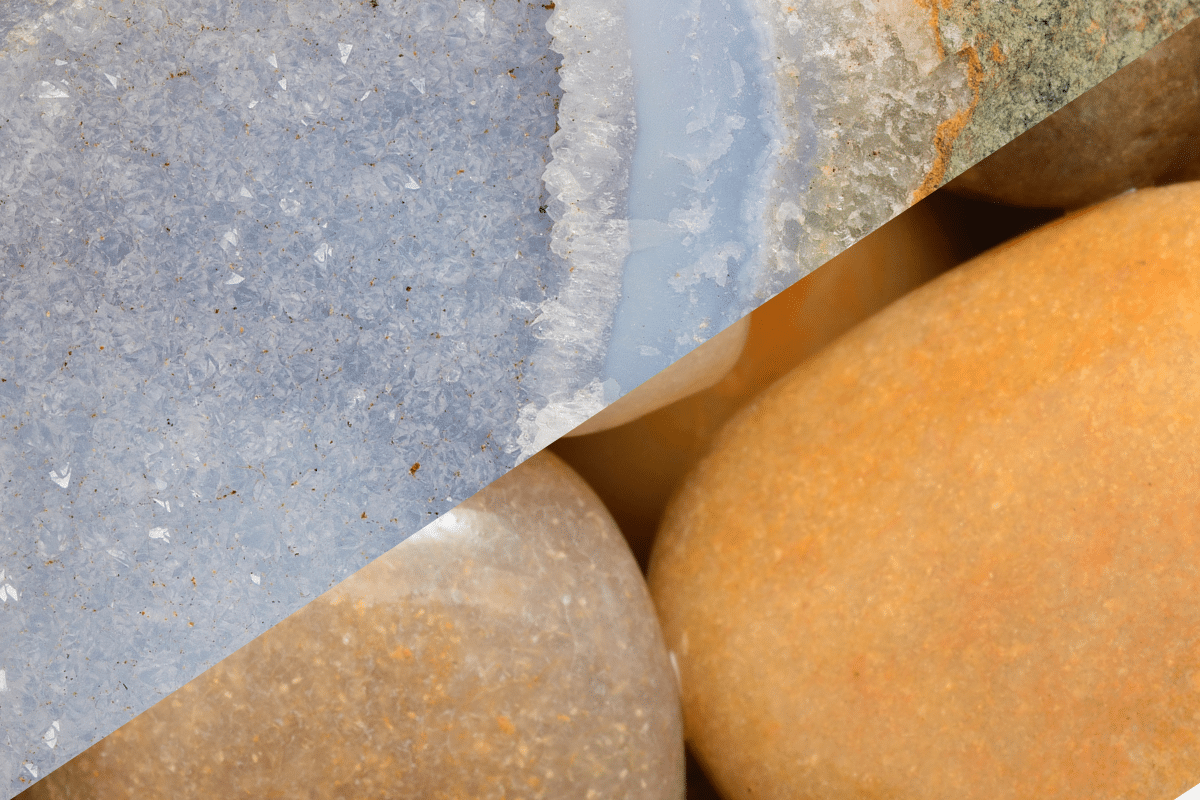
5 Comments